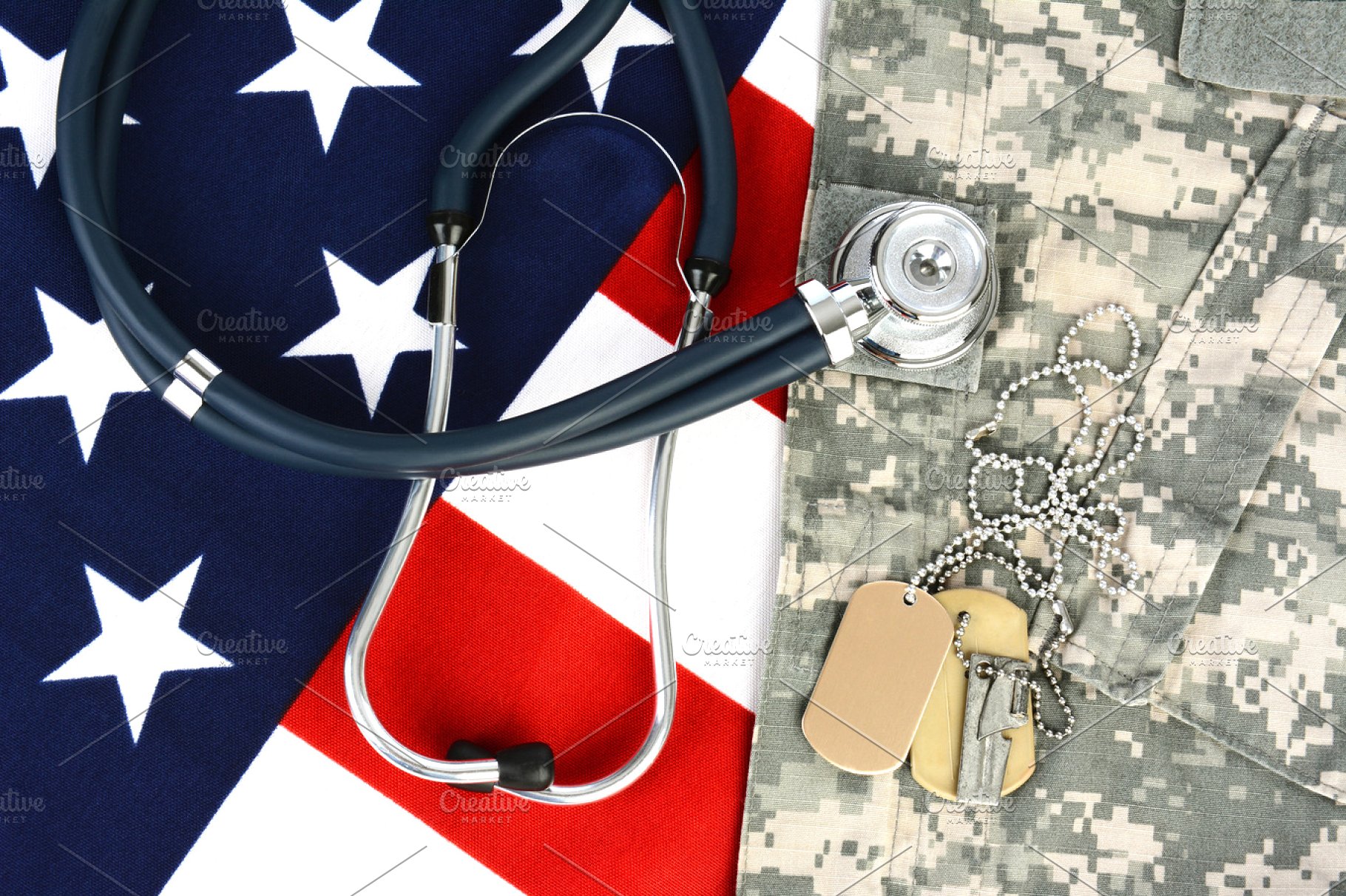
Explained: My HealtheVet
My HealtheVet is an online Personal Health Record that was developed by the VA to help veterans manage their health information, and to utilize some of the VA’s services online. The goal of this site is to change the way health care is delivered to veterans by providing all of their health care information in…




